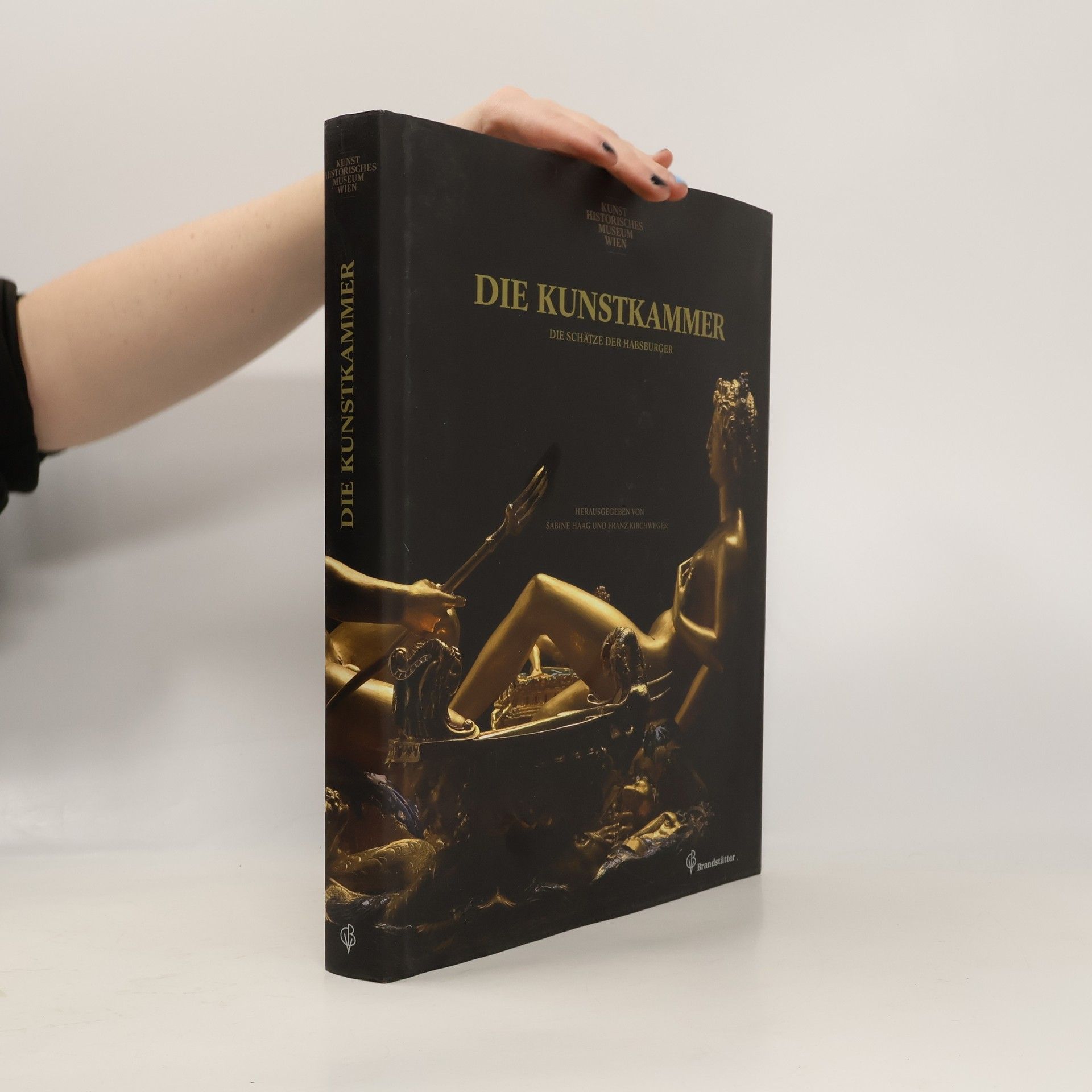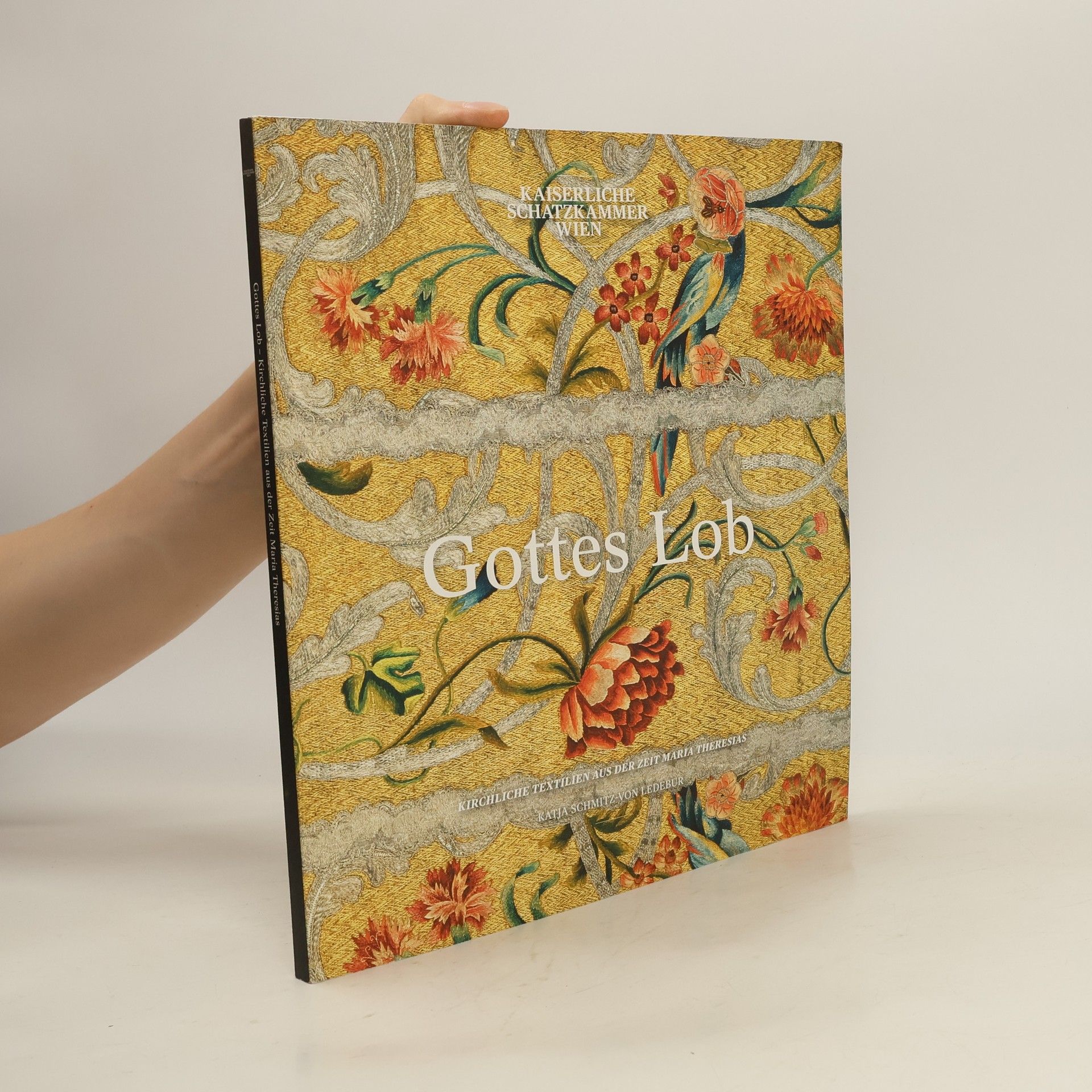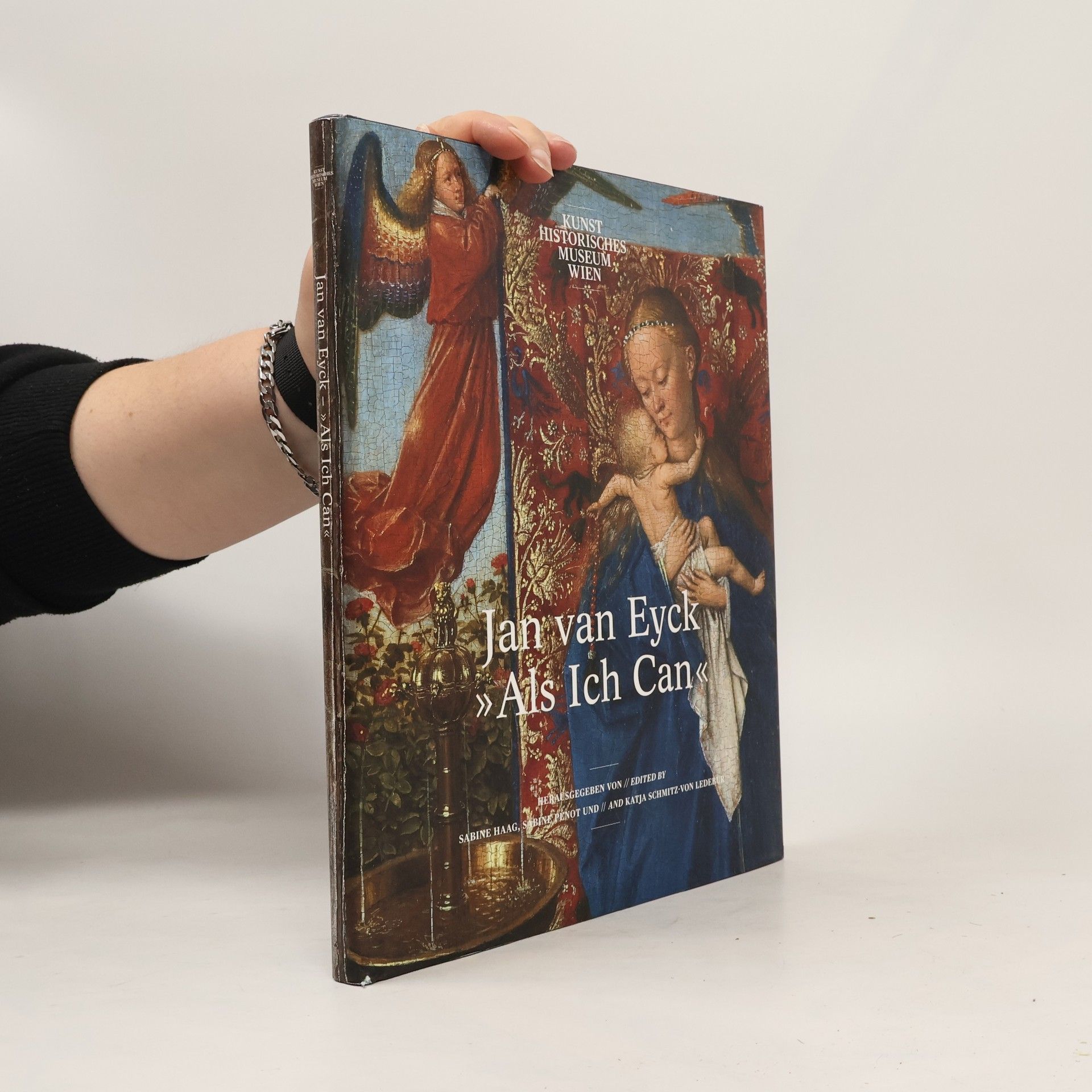Raphael: Revolution in Tapestry Design
- 228 pages
- 8 hours of reading
The book explores the remarkable tapestries commissioned by Pope Leo X in 1515, featuring scenes from the lives of Saints Peter and Paul, designed by the renowned artist Raphael. It highlights the tapestries' significance in the evolution of Flemish textile artistry during the sixteenth century, showcasing the opulence of that era under Habsburg rule. Accompanying a special exhibition at the Kunsthistorisches Museum in Vienna, the publication presents intricate details that reveal the artistic richness and historical importance of these masterpieces.



